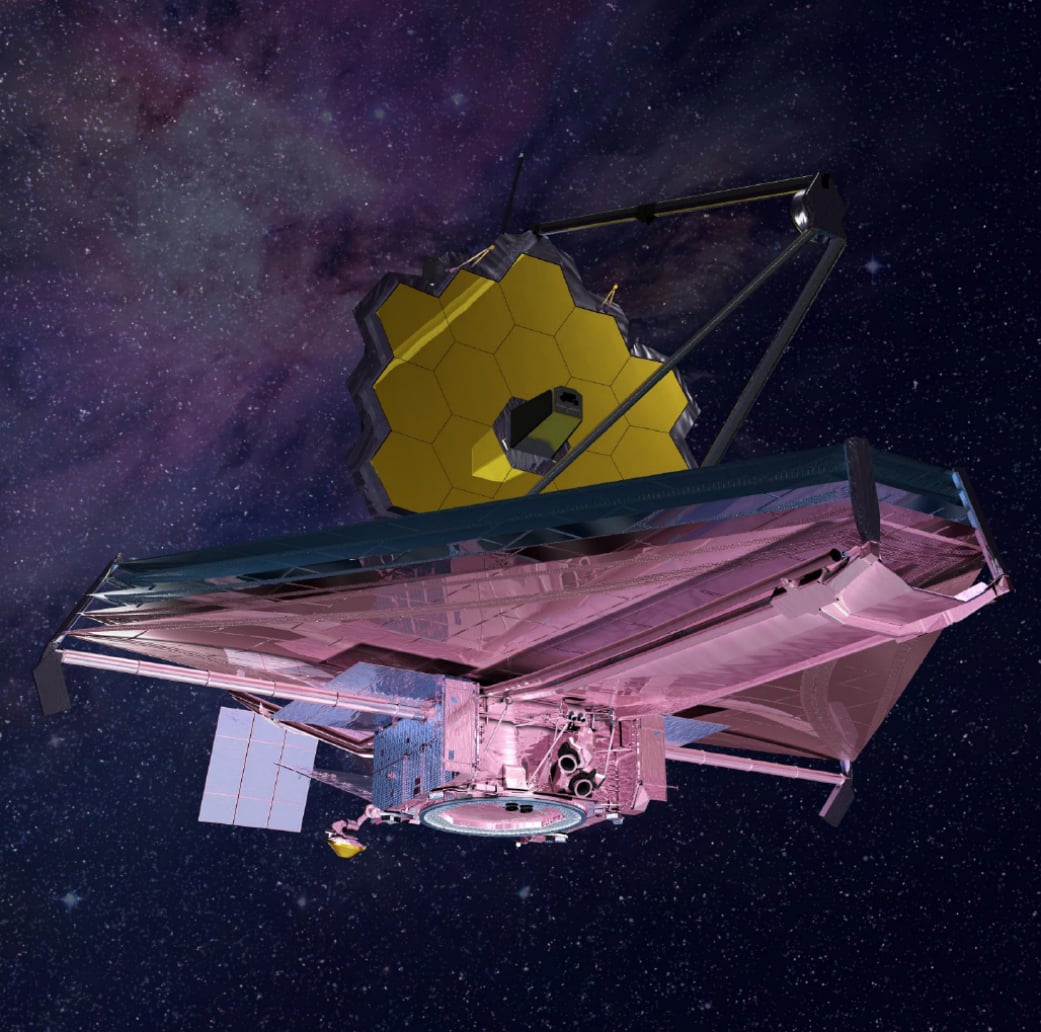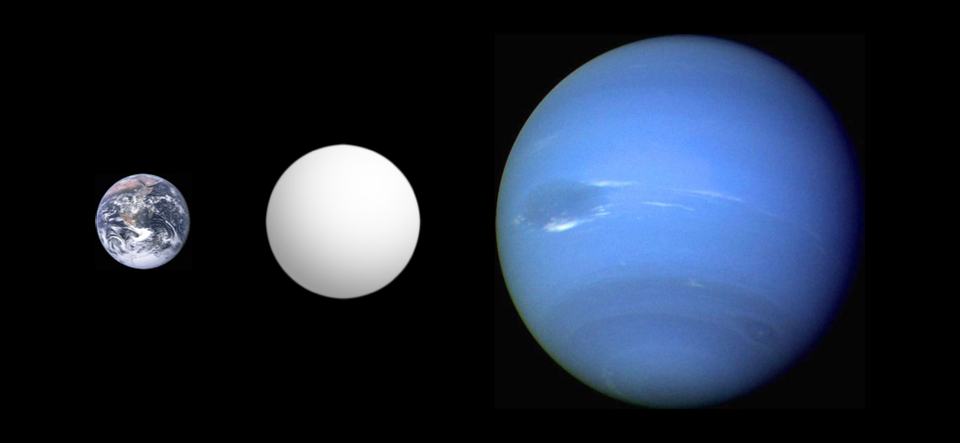The discovery of exoplanets has transformed astronomy since the early 1990s. Using methods like transit photometry and radial velocity measurements, scientists have identified over 5,000 planets beyond our Solar System, revealing an incredible range of worlds from scorching gas giants to potentially habitable Earth-sized worlds. Space telescopes like Kepler, TESS, and James Webb have increased these discoveries, allowing us to study distant planetary atmospheres.
 The James Webb Space Telescope has revolutionised our view of exoplanets (Credit : NASA)
The James Webb Space Telescope has revolutionised our view of exoplanets (Credit : NASA)
One particular type of exoplanet, the super-Earths have masses between Earth and Neptune, typically 2-10 times Earth's mass. They are absent from our Solar System but seem to be common elsewhere. Even within this classification, these worlds display remarkable diversity; some rocky with thin atmospheres, others with thick gaseous envelopes. Many orbit in their stars' habitable zones, raising possibilities for liquid water, though their stronger gravity and often tidally locked rotation would create distinctly alien conditions.
A recent study published in Science reveals that super-Earths are common throughout our Galaxy. The international research team, including astronomers from the Center for Astrophysics at Harvard & Smithsonian, discovered a particularly notable super-Earth orbiting its star at a distance greater than Saturn is from our Sun, a region where previously only massive planets had been found.
 Illustration of the inferred size of the super-Earth CoRoT-7b (center) in comparison with Earth and Neptune
Illustration of the inferred size of the super-Earth CoRoT-7b (center) in comparison with Earth and Neptune
"We found a 'super Earth'... in a place where only planets thousands or hundreds of times more massive than Earth were found before," explained CfA Fellow Weicheng Zang, the study's lead author. This discovery highlights how dramatically different other planetary systems can be from our own Solar System and contributes to a broader investigation measuring planetary masses relative to their host stars, enhancing our understanding of planetary populations across the Milky Way.
This groundbreaking discovery of a distant super-Earth is part of a comprehensive study that has revealed new insights about planetary populations across the Milky Way by measuring planet masses relative to their host stars. Using microlensing (a technique where light from distant objects is amplified by intervening bodies) researchers could detect planets at large distances from their stars, comparable to the Earth-Saturn orbital range. This represents the largest study of its kind, examining about three times more planets and including worlds approximately eight times smaller than previous microlensing-detected samples.
This study also reveals super-Earths are at least as common as Neptune-sized planets throughout our galaxy, significantly advancing planetary science through advanced observational techniques. As instruments like the James Webb Space Telescope continue characterizing exoplanet atmospheres, astronomers edge closer to understanding planetary formation and the potential for extraterrestrial life. The discovery of such diverse planetary systems challenges our assumptions and suggests a Universe filled with planets of varied sizes and compositions in unexpected orbital arrangements. This expanding cosmic census not only deepens our astronomical knowledge but helps us better understand Earth's place in the Cosmos.
Source :Astronomers Find Far-flung "Super Earths" Are Not Farfetched
 Universe Today
Universe Today
